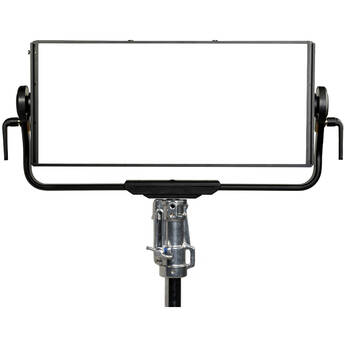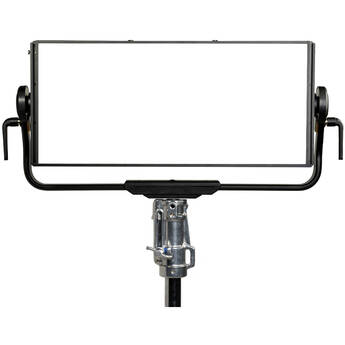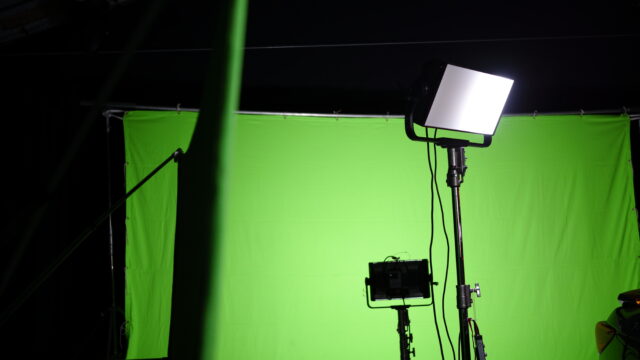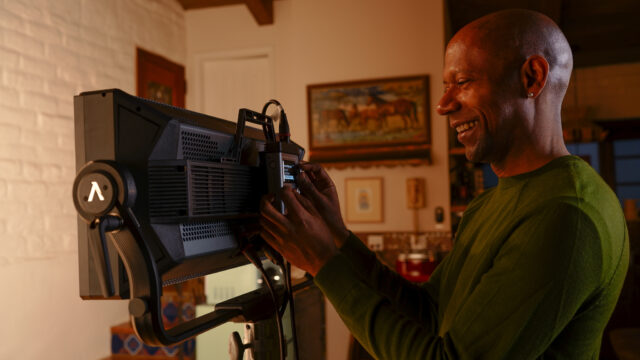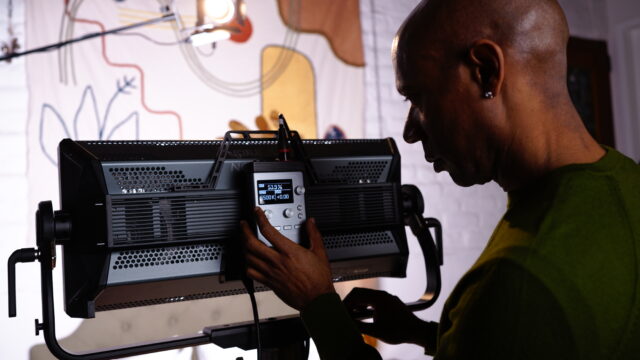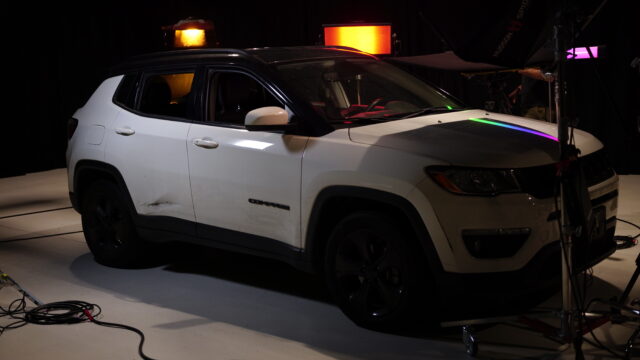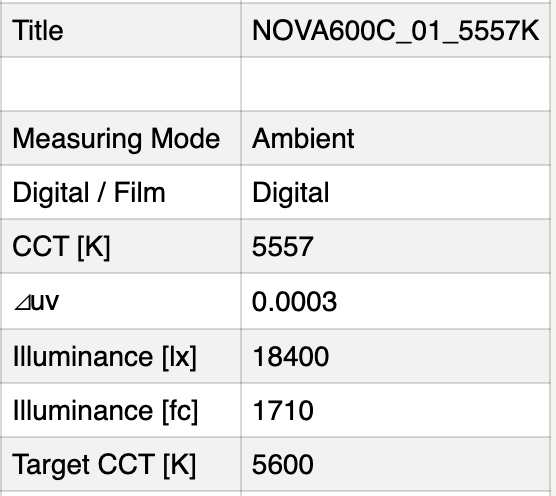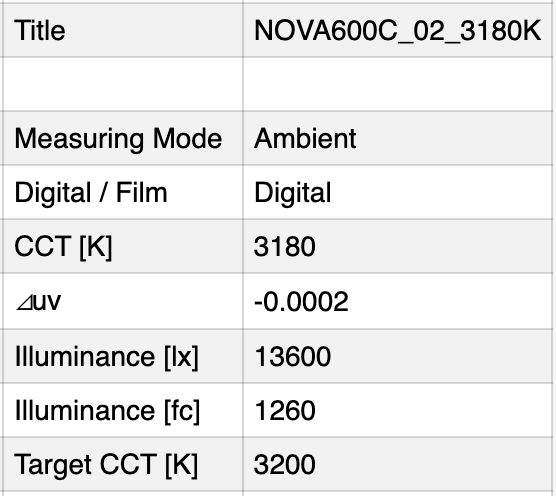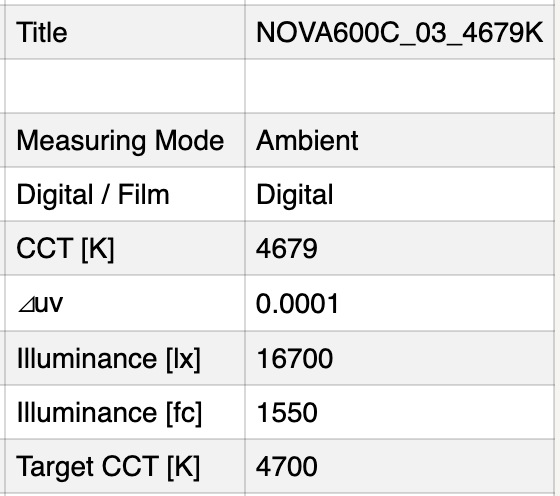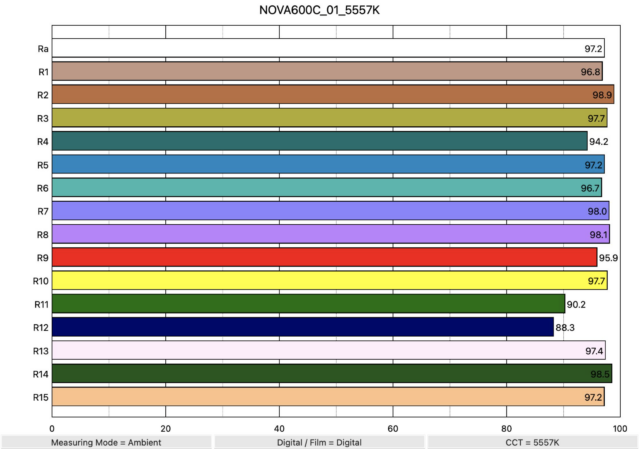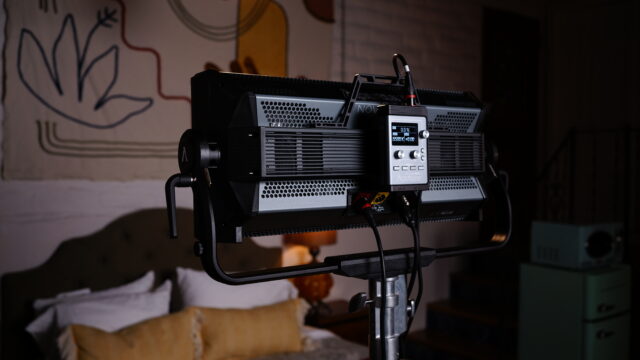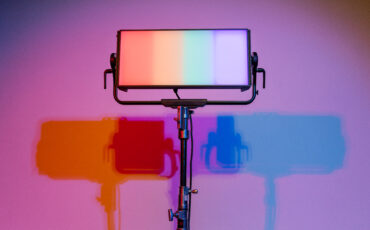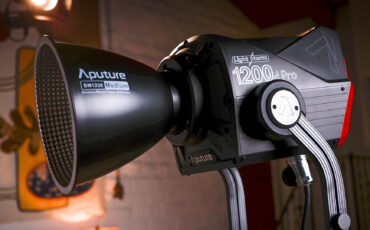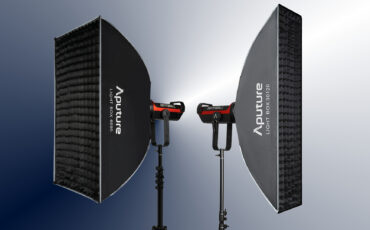Aputure Nova P600c Review – Does It Keep Up with the ARRI Skypanel?
Music Courtesy of Epidemic Sound
I loved the original Aputure Nova P300c when it first arrived in summer 2019. I had a chance to use it for a film shoot right before the pandemic called So Cold the River with DP Madeline Kate Kann as I worked as an operator (underwater and drone). The Nova P600c builds on many of the ideas first established with the Nova P300c and it’s about time it gets its own review!
You really can’t discuss the Nova series from Aputure without first giving a nod to the ARRI Skypanel – particularly the RGBW S60-C. The Skypanel has been a ubiquitous presence on sets in North America since April 2015, but that doesn’t mean there isn’t room for another manufacturer to come along and upset the balance when it comes to RGB soft LED panels. Since the Skypanel was introduced over half a decade ago, we’ve seen many other brands enter the segment. To name a few: Litepanels with their Gemini, Rosco with their DMG Lumiere fixtures, Litegear with their Litemat Spectrum series, and other brands like Rayzr, Lupo, and Nanlux.
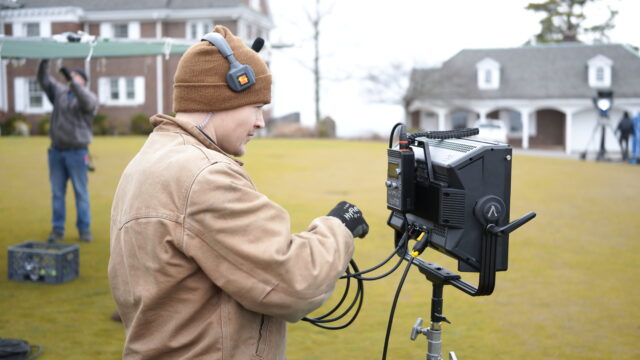
Out of the gate, one of the things that make the Nova series so appealing is the price point. At $1699 for the base kit, the original Aputure Nova P300c fit somewhere in the middle of the pack for RGB soft panels in terms of price. (In case you missed our review, you can check it out here!)
The $3290 Nova P600c builds on its predecessor’s design, and Aputure claims that the P600c is double the brightness of the P300c. But, as we shall see, there are some key improvements beyond just output.
ARRI Lighting Systems Control
First impressions of the Aputure Nova P600c
The first thing you’ll notice is that the RGBWW Nova P600c is bigger than the Nova P300c and fits a more standard 2×1 size for the LED panel itself. That sizing is significant because the original P300c lived in an odd middle area in terms of dimensions which likely meant less 3rd party accessory support from the likes of DoPChoice, Chimera Lighting, and others. Or at least less cross-compatibility.
The Nova P600c is a bit slimmer than I expected. However, this is still not a C-Stand-friendly light and you’ll want a combo stand at least. Bonus points if the combo stand has wheels.
In terms of build, the Nova P600c still feels like part of the Nova series. You still have a detachable rear-facing controller, and that sliding handy metal loop for carrying or maybe attaching a safety chain is still there. The metal side yokes make tilting easy, and the yokes don’t tend to slip their teeth.
Like other 2×1 RGB soft panels, the Nova P600c is on the heavier side to lug around (the lamp head weighs in a little over 20 lbs.), but that’s almost six pounds lighter than the Skypanel S-60 and just a pound or two lighter than the 2×1 Gemini.
I didn’t have access to the Aputure rolling hard case for this review, but in my opinion, the ability to roll this fixture around would be well worth the additional $300.
Setup & features
Diving into the feature set, you have a wide selectable kelvin range in CCT mode that runs all the way from 2000K-10,000K, which is a wider range than you can get from an Arri Skypanel or a Litepanels Gemini.
There are also hundreds of gel pre-sets that simulate popular gels from brands like Rosco and Lee, which is convenient because gel types are still a common language between lighting professionals on set. Of course, you can dial in specific colors using HSI, RGB, and XY axis color controls if you have the time to really explore color options.
The special effect options from the Nova P300c are still available. Effects like lightning or cop car lights are easy to trigger and dial in.
I also noticed the P600c has a removable diffusion panel which suggests that in the future, there may be other types of diffusion panels available for an additional cost.
Light engine zone control
One of the banner features of the Aputure Nova P600c, something that wasn’t present in the Nova P300c, is the addition of four light engine control zones. If you’ve used lights like the Astera Titan tubes, you know you can individually map pixels in those fixtures to display different colors. The functionality is similar in the Nova P600c.
So why is this feature helpful? Good question. The first use case that jumps to mind is with studio process car shooting or LED video panel studio shoots in general. The LED video panel walls are becoming more popular on shows like The Mandalorian, which need fixtures that can help project-specific colors or specific VFX flashing light sequences. Sure, you can light your subject using a video wall, but sometimes you just can’t get the punch or control you need from an LED video panel. My first time using the Nova P600c was on a 2nd unit process car shoot for a film called The Duel, where the programmable zones were incredibly useful in creating a sense of movement in a car.
Using the hand controller, you’ll find it simple to program the zones to display various colors and then animate their movement. I really appreciate manufacturers who spend time thinking about their UI and the ease of use of their products’ menu because 1) I’m not a programmer, and 2) I like being able to make small changes on the fly.
Control
Of course, you can use the Sidus Link app on your favorite android or iOS device to wirelessly control the fixture over Bluetooth, or you also have the option to use built-in LumenRadio CRMX or 16-bit DMX for controlling the light. You can also set DMX loss behavior, so the light doesn’t turn off mid-scene should you lose a DMX signal for some reason.

Something I always liked about the original Nova was the ability to remove the controller from the lamp head and hold it in a more comfortable position, and with the P600c, you can do too.
Output and color accuracy testing
I’ve tested the output using lux and color handling (using kelvin) of the Nova P600c at a distance of three feet with my Sekonic C-700U Spectrometer and here are the results with no modifiers attached.
Here are my results at 3 ft with a Target of 5600K:
And here’s a test with a target of 3200K.
Interestingly the ⊿uv value when targeting 3200K is nearly perfect and this value gives us a sense of how far a given fixture is from being an ideal lighting source (the goal is a perfect zero). I’ve personally never tested a light that hit a perfect zero in ⊿uv and -0.0002 is pretty darn close to perfect.
And now for a test somewhere in the middle of that range at 4700K.
The Nova P600c lands very close to its target color in all instances and the output is very consistent whether you are at 3200K, 5600K, or points in-between.
Here’s a quick look at how accurate the colors are coming out of the Nova P600c:
We’re landing in the mid to upper 90s in terms of average CRI with the exception of R11 (Green) and R12 (Blue). These are very decent results for our color rendering test.
Conclusion on the Aputure Nova P600c
I think the biggest hurdle for the Aputure Nova P600c in the larger production markets will be perception. Producers, rental companies, gaffers, and DPs may add Skypanels or Geminis to their rental lists for no other reason than out of habit. But Aputure makes a strong case that the Nova P600c can play well on small and large productions.
An impact-resistant light that can take a beating during the normal production course with a $3290 price tag for the base kit (as of January 2022), the Nova P600c turns out to be an easy future-proof purchase decision for individual owner/operators and rental houses alike.
A very special thanks to Shewan Edward and Alex Niknejad for their help with this review.
What do you think about the Aputure Nova P600c? Did you already have the chance to work on some of your productions? Please share with us your thoughts in the comment section below.
